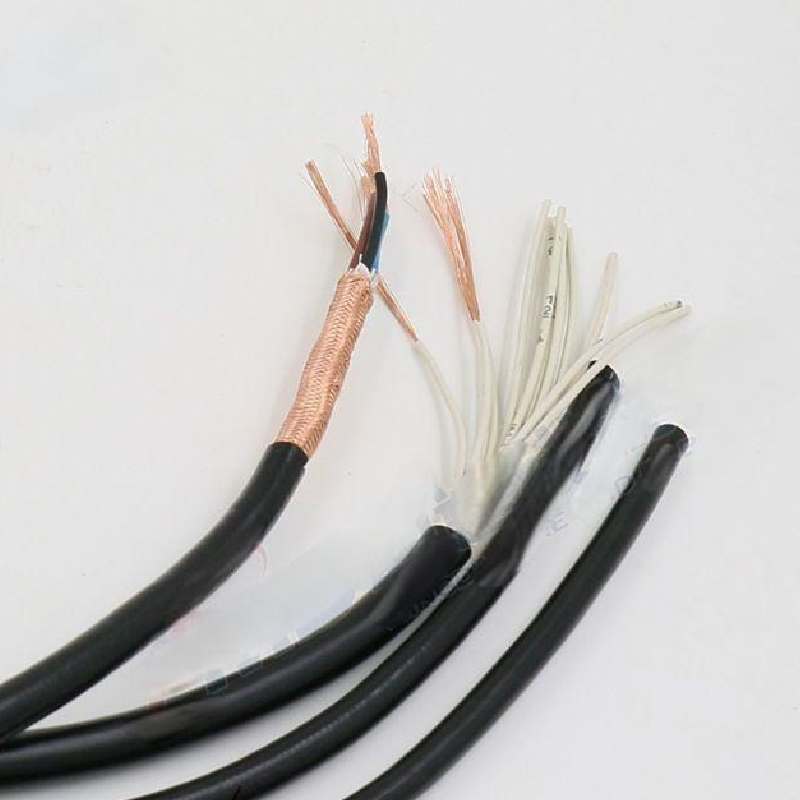Sep . 29, 2024 00:39 Back to list
Understanding the Function and Benefits of Swing Type Check Valves in Plumbing Systems
Understanding Swing Type Check Valves Mechanism and Applications
Swing type check valves are essential components in various piping systems, primarily used to prevent backflow. These valves allow fluid to flow in one direction while automatically preventing it from flowing in the opposite direction, ensuring the safe and efficient operation of various systems. In this article, we will explore the mechanism, types, advantages, and applications of swing type check valves.
Mechanism of Swing Type Check Valves
The swing check valve operates using a hinged disc that swings open to allow forward flow and closes to prevent backflow. Positioned in a horizontal or vertical pipeline, these valves utilize the fluid's flow pressure to lift the disc off its seat. When the flow stops or reverses, gravity and the backflow pressure push the disc back onto the seat, effectively sealing the valve and preventing any unintended return flow. This straightforward mechanism allows for reliable operation with minimal maintenance.
Types of Swing Check Valves
Swing check valves can be classified into several types based on design and material. The most common types include
1. Standard Swing Check Valve This is the most straightforward design, featuring a disc that swings on a hinge located at the top of the valve. It is typically used in low-pressure applications.
2. Lift Check Valve This type operates similarly to the swing check valve but involves a disc that moves vertically rather than swinging. It is often used in high-pressure applications.
3. Y-Type Check Valve This design features a Y-shaped body, providing a compact and efficient solution, especially in tight spaces.
swing type check valve

4. Duplex Check Valve Comprising two check valves, this design allows for redundancy. If one valve fails, the other ensures that backflow is still prevented.
The material used for these valves can vary based on application requirements, with options including brass, stainless steel, and PVC.
Advantages of Swing Check Valves
One of the primary advantages of swing type check valves is their low resistance to flow. Unlike some other types of check valves, swing check valves have a relatively smooth and unobstructed internal passage, allowing fluids to pass through with minimal effort. Additionally, the simple design results in fewer moving parts, which generally translates to increased reliability and lower maintenance requirements.
Swing check valves also handle a wide range of pressures and temperatures, making them suitable for various applications including wastewater management, chemical processing, and water supply systems. They are particularly favored in gravity-driven systems where the flow is relatively unobstructed.
Applications of Swing Check Valves
Swing check valves find applications in numerous industries. In the water and wastewater sector, they play a critical role in preventing backflow, safeguarding water quality. In oil and gas industries, these valves are essential for protecting pipeline integrity by preventing fluid reversals during operational fluctuations. Additionally, in heating and cooling systems, they assist in maintaining proper water flow direction, thereby enhancing system efficiency.
In conclusion, swing type check valves offer a reliable and efficient solution for backflow prevention in a wide range of applications. Their simple design, low flow resistance, and versatility make them indispensable in modern piping systems. As industries continue to evolve, the demand for such valves is expected to grow, highlighting their significance in ensuring safe and efficient fluid transport.
Share
-
Reliable Wafer Type Butterfly Valves for Every IndustryNewsJul.25,2025
-
Reliable Flow Control Begins with the Right Ball Check ValveNewsJul.25,2025
-
Precision Flow Control Starts with Quality ValvesNewsJul.25,2025
-
Industrial Flow Control ReliabilityNewsJul.25,2025
-
Engineered for Efficiency Gate Valves That Power Industrial PerformanceNewsJul.25,2025
-
Empowering Infrastructure Through Quality ManufacturingNewsJul.25,2025